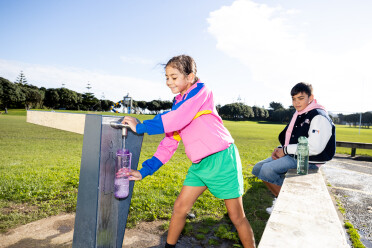For drinking water suppliers
Find out what type of drinking water supply you provide, view your obligations under the Water Services Act 2021 and learn about the options available to you for demonstrating compliance with the Act.
What type of drinking water supply do you provide?
Every day, drinking water suppliers play a vital role supporting the health and wellbeing of people across New Zealand by providing them with safe, reliable drinking water.
Under the Water Services Act 2021outbound all registered drinking water suppliers have a legal responsibility to ensure the water they supply is safe to drink.
To help drinking water suppliers meet that responsibility, the Water Services Authority – Taumata Arowai has developed a set of Drinking Water Quality Assurance Rules (the Rules) that set out minimum compliance requirements for different types and sizes of drinking water supply.
Some drinking water suppliers might be able to use an Acceptable Solution instead of the Rules to demonstrate compliance with the Act.
If you know what type of supply you provide, use the links below to view all requirements and compliance options that apply to you.

Find your supply type
If you're unsure what type of supply you provide, find out here.
How-to guidance
Check out our How-to guidance to find out more about
- Registering your supply
- Finding an accredited laboratory to test your drinking water
- Preparing a drinking water safety plan
- Issuing a drinking water notice
- Monitoring and reporting
- Stopping, reducing or limiting a supply
- Determining the population served by your supply
- Stopping, reducing or limiting a supply

Types of drinking water supply
-
Unplanned supply in an emergency
What you need to know when establishing an unplanned drinking water supply in an emergency.Find out more -
Temporary supply for a planned event
What you need to know when establishing a temporary drinking water supply for a planned event such as a festival or sports tournament.Find out more
-
Very small community supply
Information for a drinking water supply that normally serves 25 or fewer people but up to 50 people for no more than 60 days in any 12-month period.Find out more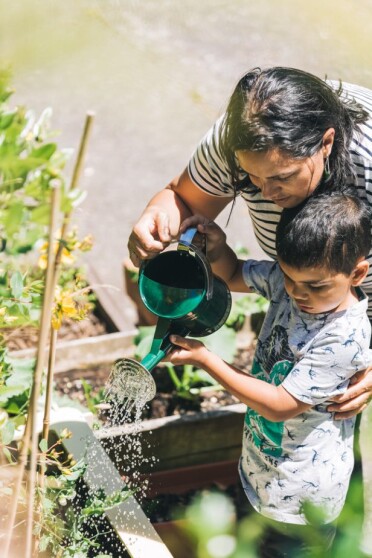
-
Small networked supply
Information for a drinking water supply that normally serves 26 to 100 people through a network of pipes.Find out more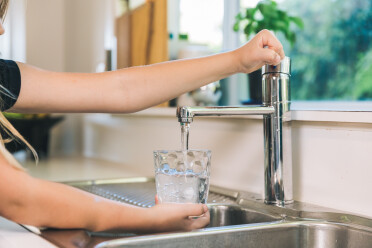
-
Medium networked supply
Information for a drinking water supply that normally serves 101 to 500 people through a network of pipes.Find out more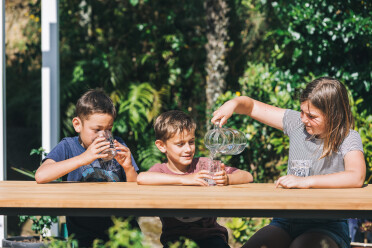
-
Large networked supply
Information for a drinking water supply that normally serves more than 500 people through a network of pipes.Find out more
-
Small self-supplied buildings supply
Information for a supply serving 26 to 100 people in up to 10 buildings on one property or adjoining properties with common ownership.Find out more
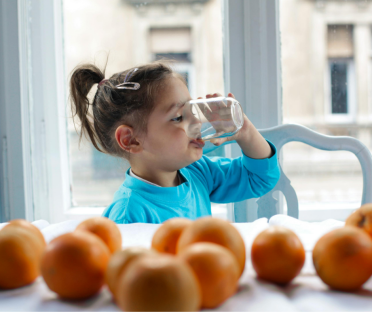
-
Medium self-supplied buildings supply
Information for a supply serving 101 to 500 people in up to 10 buildings on one property or adjoining properties with common ownership.Find out more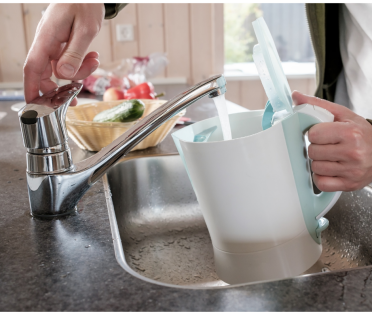
-
Large self-supplied buildings supply
Information for a supply serving more than 500 people in up to 10 buildings on one property or adjoining properties with common ownership.Find out more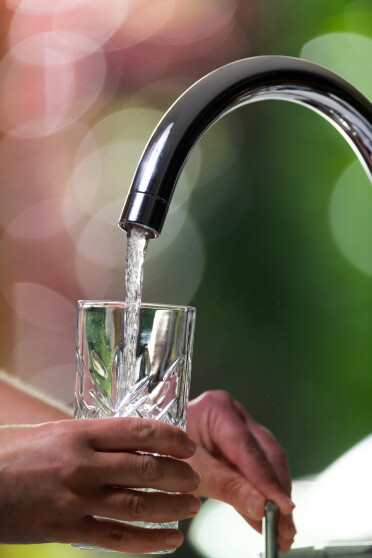
-
Mixed-use rural supply
Information for a networked water supply where at least 50% is for agricultural use and no more than 50% is for domestic use.Find out more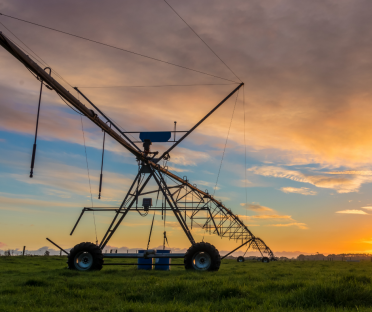
-
Water carrier
Information for transporters of drinking water in a vehicle or vessel with a water tank ('water tanker') for supply to consumers or other suppliers.Find out more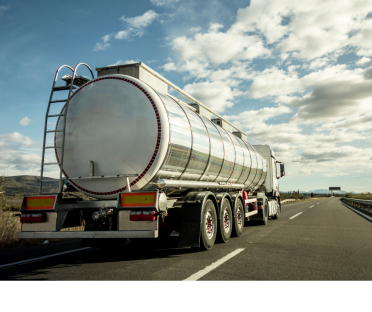
-
Supply to water carrier
Information for a drinking water supply used only to fill water tanker vehicles owned or operated by a water carrier service.Find out more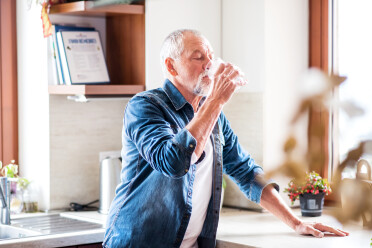
-
Community drinking water station supply
Information for a drinking water supply to a single community tap at which people can fill containers.Find out more -
Domestic self-supply and shared domestic supply
Domestic supplies that serve 25 or fewer people don't need to register, but there are steps you can take to help ensure your community stays healthy.Find out more

